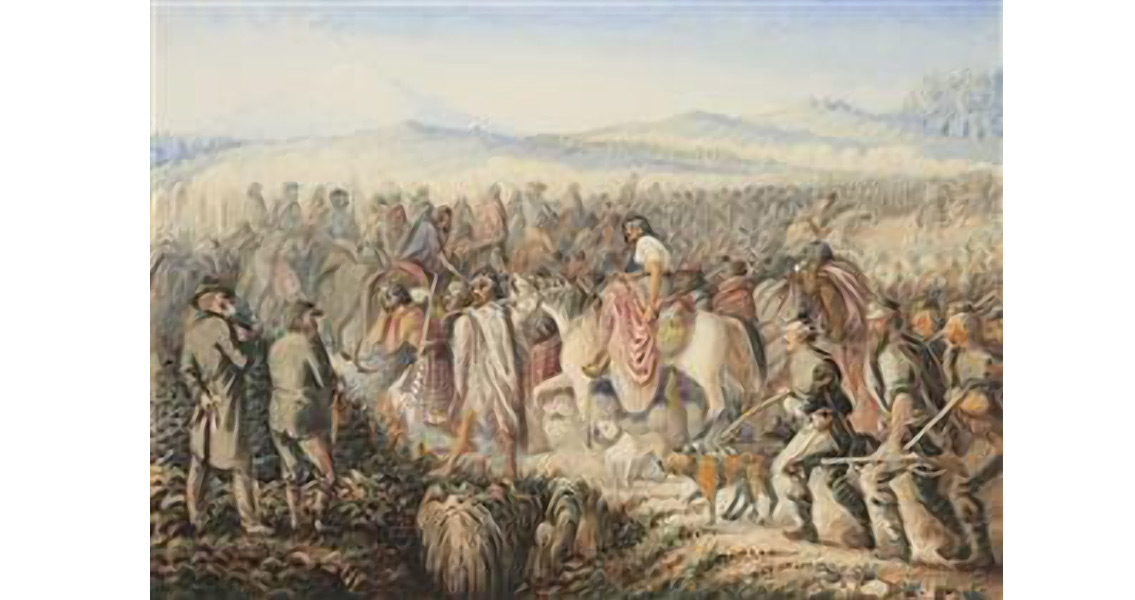<![CDATA[A New Zealand Transport Agency highway construction project may have uncovered the remnants of a Maori village on the western side of New Zealand’s North Island. The fortified village, commonly referred to as a “pa”, is thought to be Ketemarae which was sacked by General Trevor Chute in 1866 during the Maori wars in an attempt to clear rebellious Maori from Taranaki. Archaeologists are working onsite to determine the extent and identity of the unearthed items which include pieces of old papakaianga (housing). According to Clive Tongaawhikau, chair of the descendant group Araukuuku hapu, it was common practice among his ancestors to hide or bury objects in the swamp during an invasion. Additionally, the project borders the area where the ancient pa site is thought to have been located. The actual age of the items hasn’t yet been determined. Old sketches of the area and the discovery of palisades has made it clear to many of the descendants and other experts that the construction has unearthed Ketemarae. Tongaawhikau is asking that the realignment project be halted completely or redesigned if urupa (burial grounds) or any other significant tapu (sacred) elements are discovered. Ketemarae is known to have been a four-palisade pa, and a wealthy village. It was overrun by 600 men under General Chute’s command in 1886 resulting in twenty-one Maori tribe members reportedly killed. It was to be the last campaign against the Maori in the country by imperial troops. Ketemarae is still dear to the hearts of the Hapu people. Sitting in a marae (courtyard, gathering place) just up the road from the construction project is a whare tipuna (ancestral house) originally from Ketemarae. Many of the ancient tribe’s old people still refer to the house and courtyard by the name Ketemarae because of the mana (spiritual power) that is said to reside at that location. The Maori Wars occurred from 1845 to 1872, between the indigenous Maori and the New Zealand government, and were prompted by tensions over dubious land purchases. Later campaigns were initiated to suppress the so-called Hauhau movement, an extremist arm of the Pai Marire religion who were strongly opposed to the sale of Maori land and anxious to fortify the Maori identity. Heritage New Zealand is the archaeological authority for the construction project and according to Claire Craig, the central region manager, the organization has been kept in the loop regarding developments at the site. She’s stated that while it is important for archaeologists to have access to the site to excavate, examine and record whatever is found underneath the roadway, she does not foresee the project being derailed. The transport agency has strict protocols regarding the discovery of items and is working with local Maori to do the right thing. Archaeological discoveries during road construction projects are not unusual, especially in areas of significant cultural heritage like Taranaki. Work on the realignment project is continuing, but not in the archaeological find area. ]]>
Road Construction Leads to Rediscovery of Maori Village
